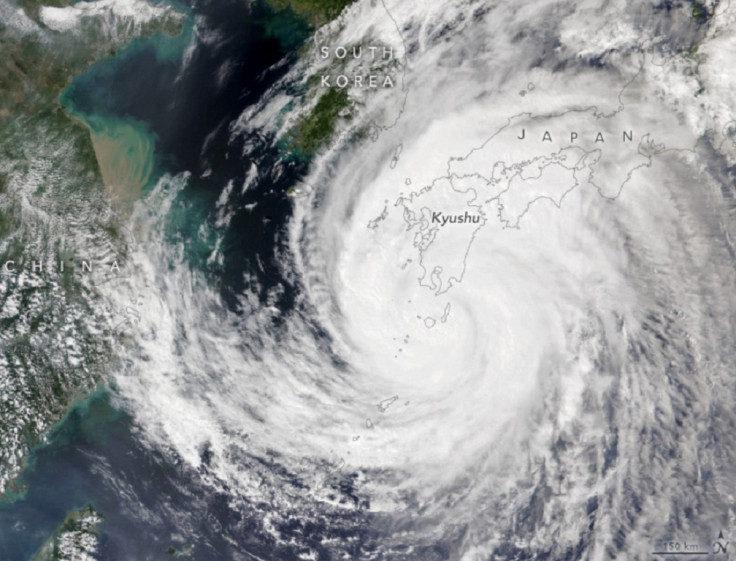Tropical Storm Ian: Latest Projections, Path for 2022 Storm
Residents of Florida should be preparing this weekend, as the state is expected to be hit by its first hurricane of the 2022 season this week, as Tropical Storm Ian is expected to intensify to a Category 3 storm before approaching the Western portion of the state mid-week.
The latest models from the National Hurricane Center show Ian strengthening into a Hurricane as it passes just Southwest of Jamaica, before reaching Major Hurricane status immediately after the eye crosses over the Westernmost part of Cuba. The storm is expected to stay as a major storm designation (meaning it is a Category 3 or higher with a minimum sustained wind speed of 111 miles per hour) as it continues its trek in the Gulf of Mexico and starts shifting more to the East, sending it straight to the Western part of Florida. It is expected to go back to hurricane status as it approaches the state, with the eye potentially making landfall North of Tampa and West of Orlando.
Governor Ron DeSantis has already declared a state of emergency in preparation for the storm.
Though the track could still shift, WTVJ, a South Florida affiliate of NBC, reported that as of now, the track has shifted slightly more west of original projections, meaning cities like Miami and Fort Lauderdale, as well as popular destinations like Key West, were starting to see a decreased risk of tropical storm or hurricane conditions. Miami still had a 30% chance of sustained tropical storm force winds, while Key West sat at a 10% chance of the winds.
While the track has brought a diminishing chance of those conditions, residents in the areas will likely still feel the effects of the storm.
While it won't be in the direct path of the storm, the impending conditions that could still be felt have led NASA to once again scrap the launch of Artemis I from the Kennedy Space Center. The date for the launch, Sept. 27, was the third attempt to send the rocket on a mission to the moon. It was first supposed to launch on August 29, and then on Sept. 3, but was postponed on those dates due to malfunctions.

© Copyright IBTimes 2025. All rights reserved.





















